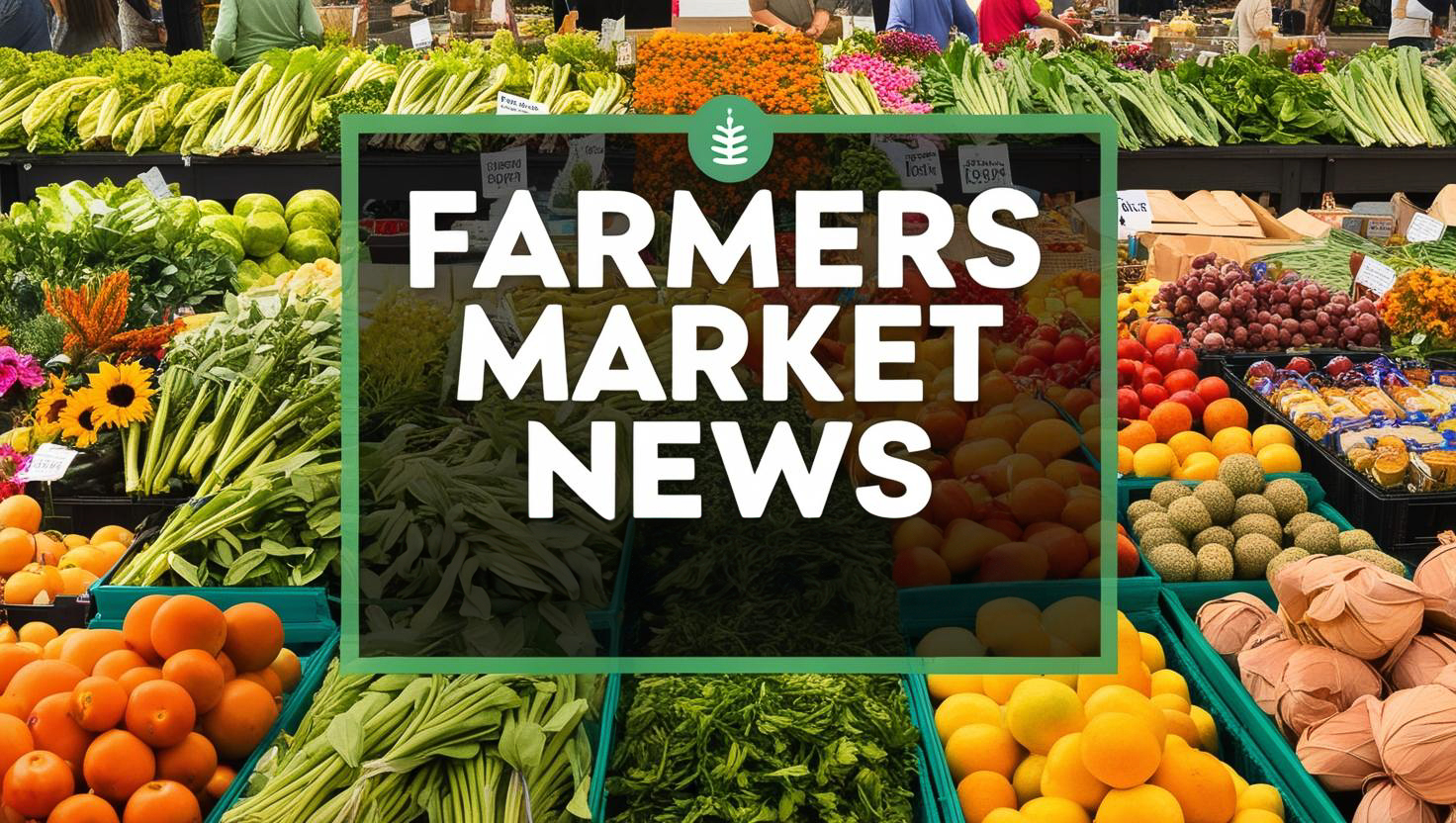At first glance, Hannah Hartley’s produce stand at the Downtown Vacaville Farmers Market catches your eye with its abundance of impeccably organized color— the hand-picked produce, citrus, flowers – edible, medicinal, and decorative bouquets. But talk to her for more than a moment, and you’ll sense there’s something deeper blooming behind her energetic personality: a quiet revolution in how we grow, live, and connect to the land.
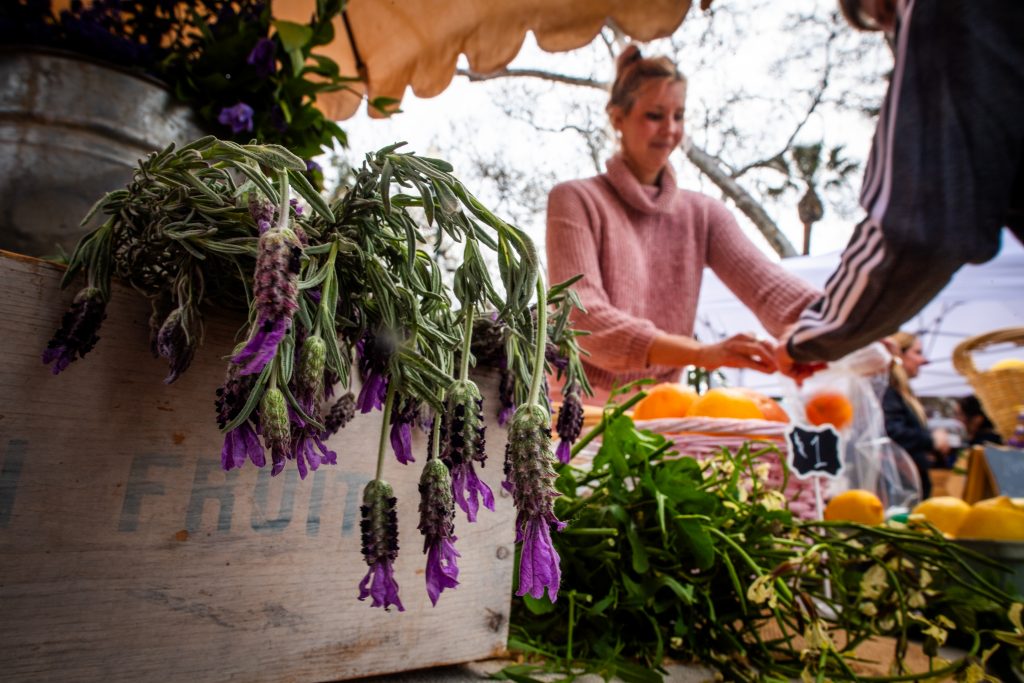
Now 33, Hartley has been gardening since she could barely walk, sowing seeds and curiosity side-by-side with her mother and grandfather in their suburban Vacaville backyard. But over the past decade, she’s evolved from passionate home grower to full-fledged regenerative farmer, cultivating a one-acre slice of Be Love Farm—a lush agritourism destination nestled in the rolling farmland just north of Vacaville, California.
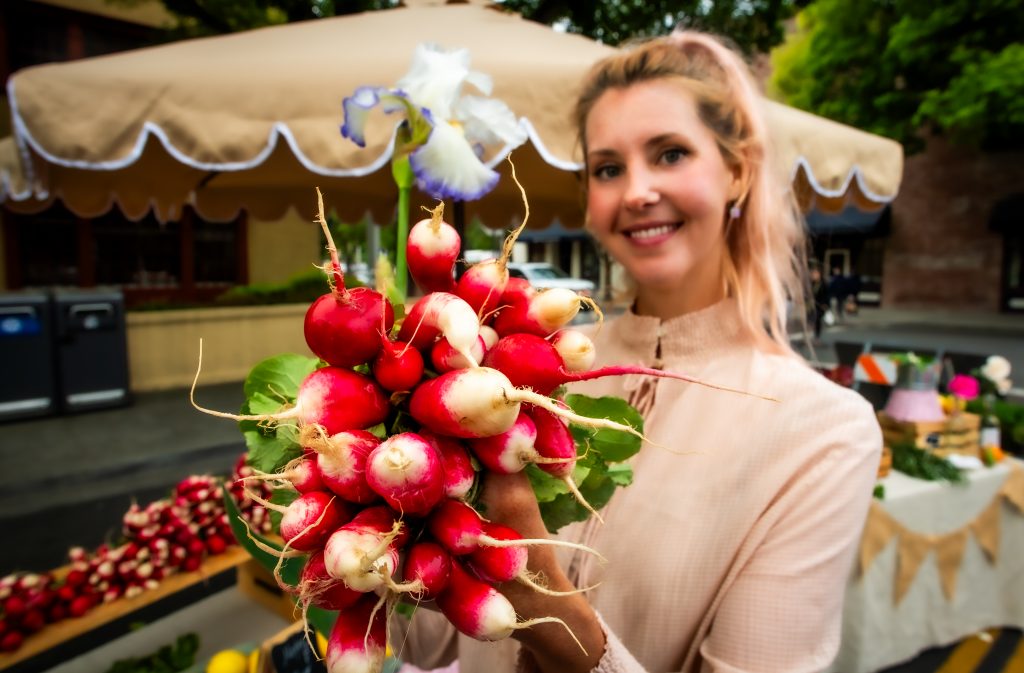
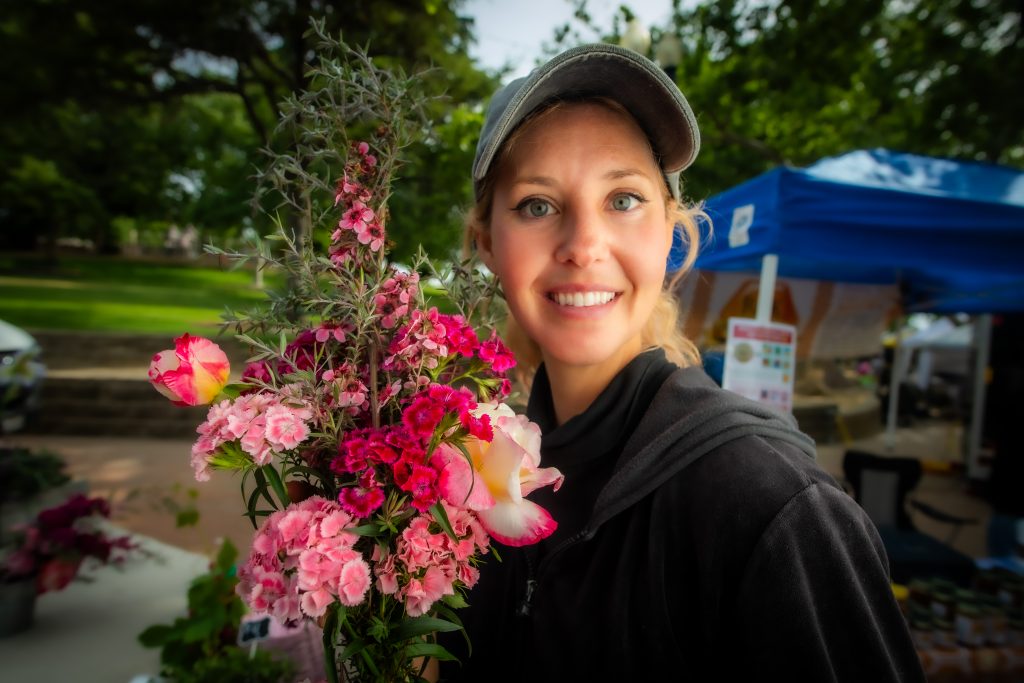
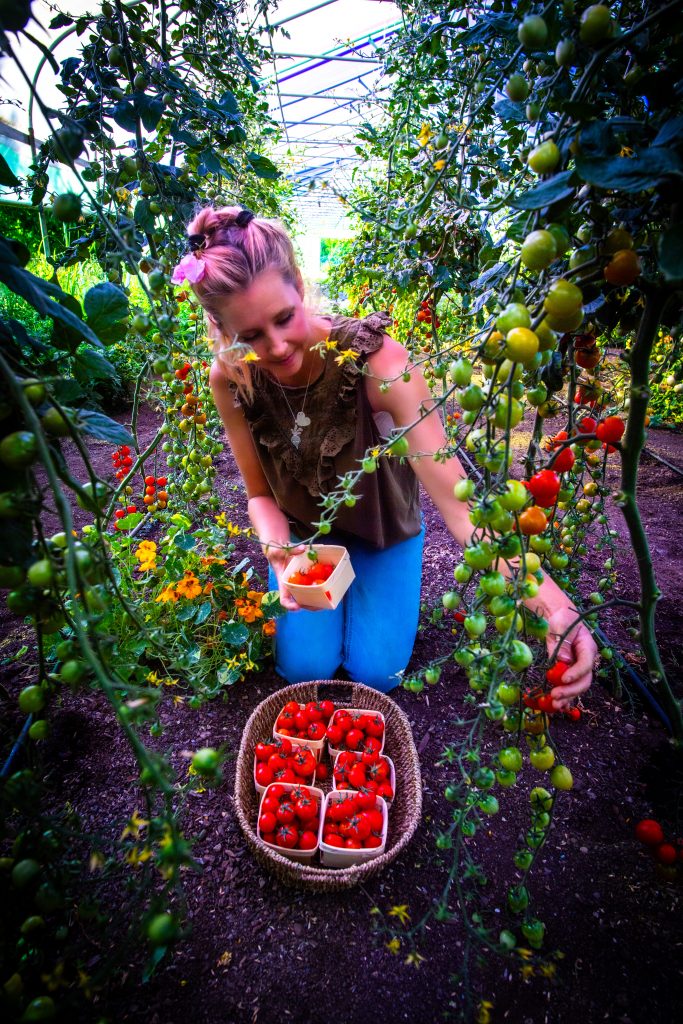
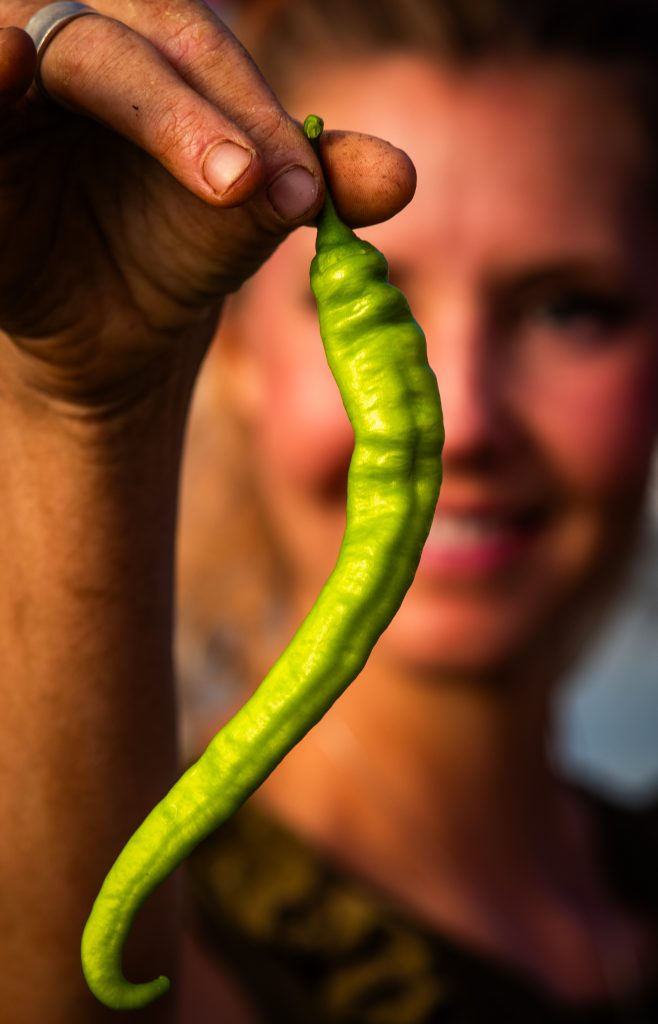
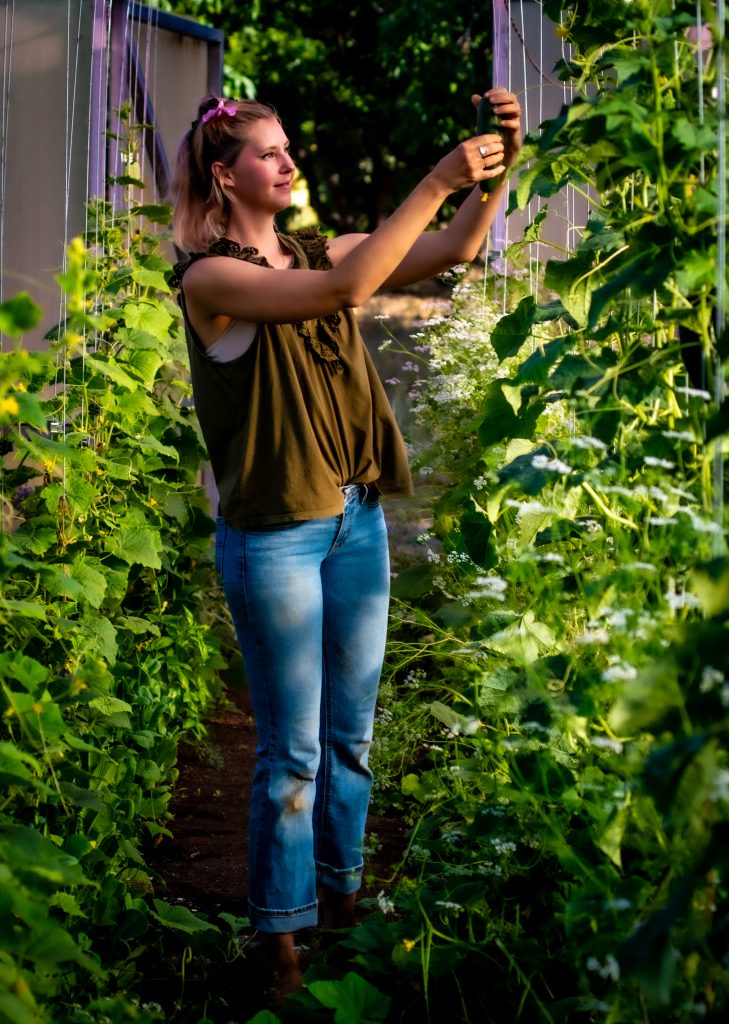
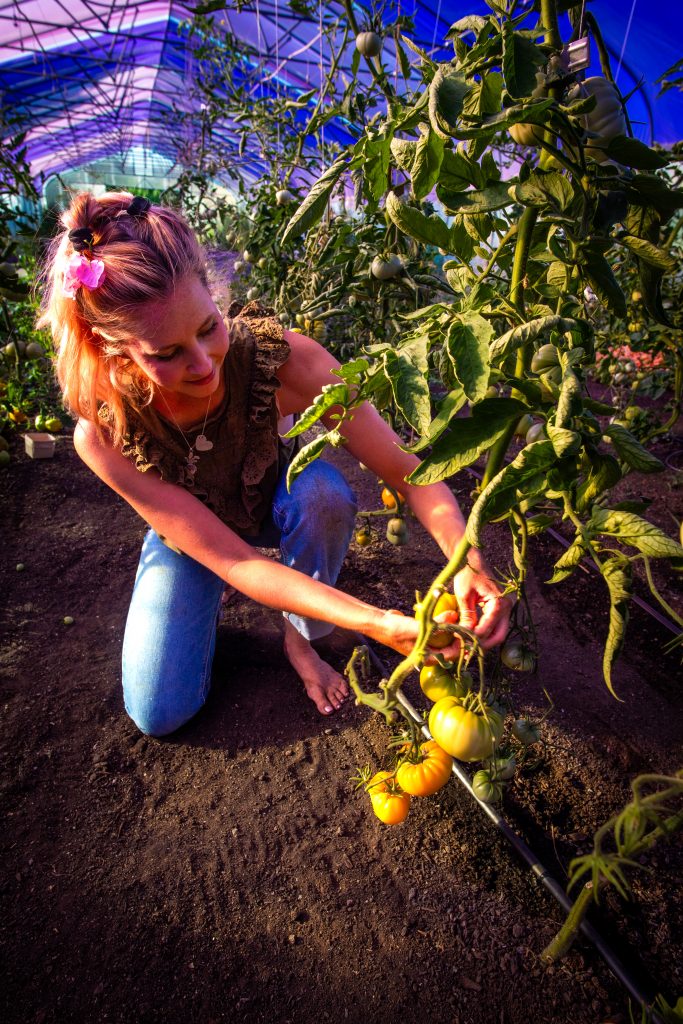
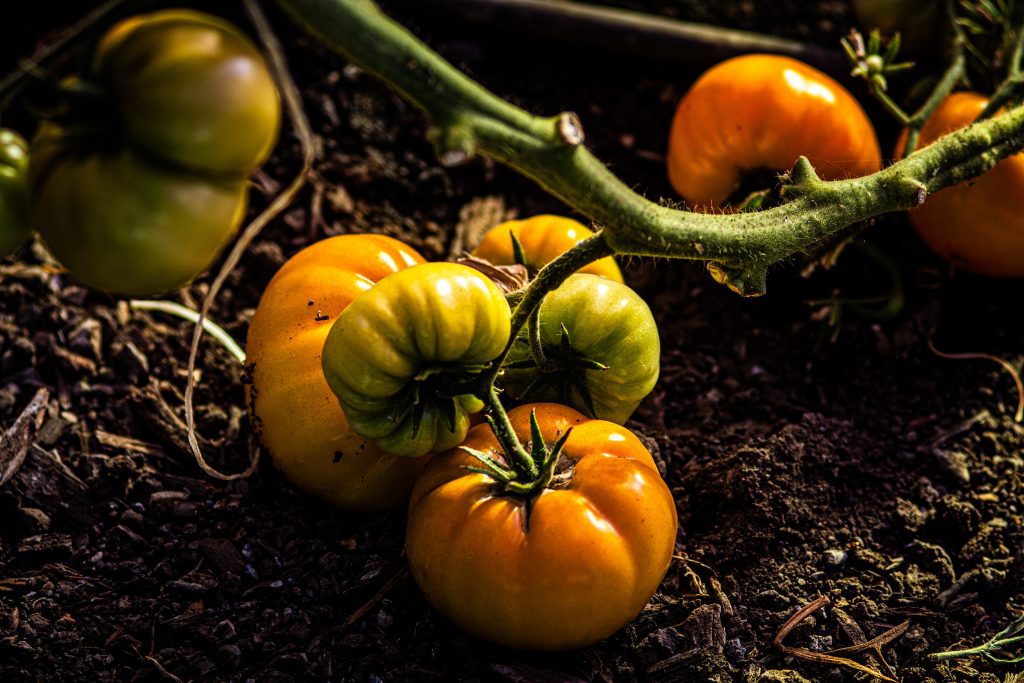
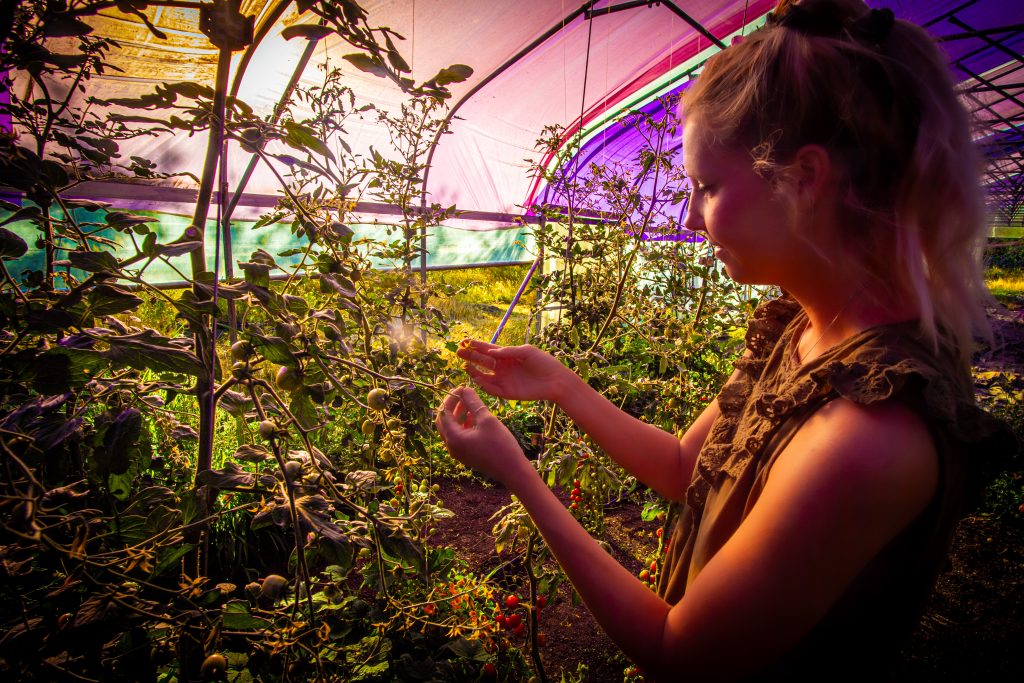
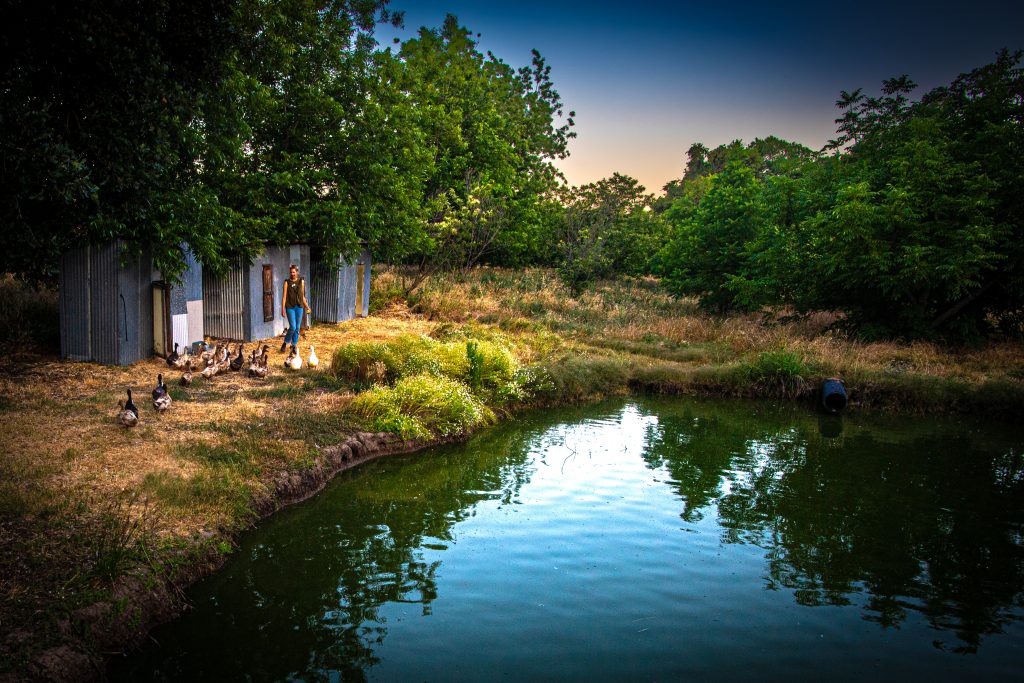
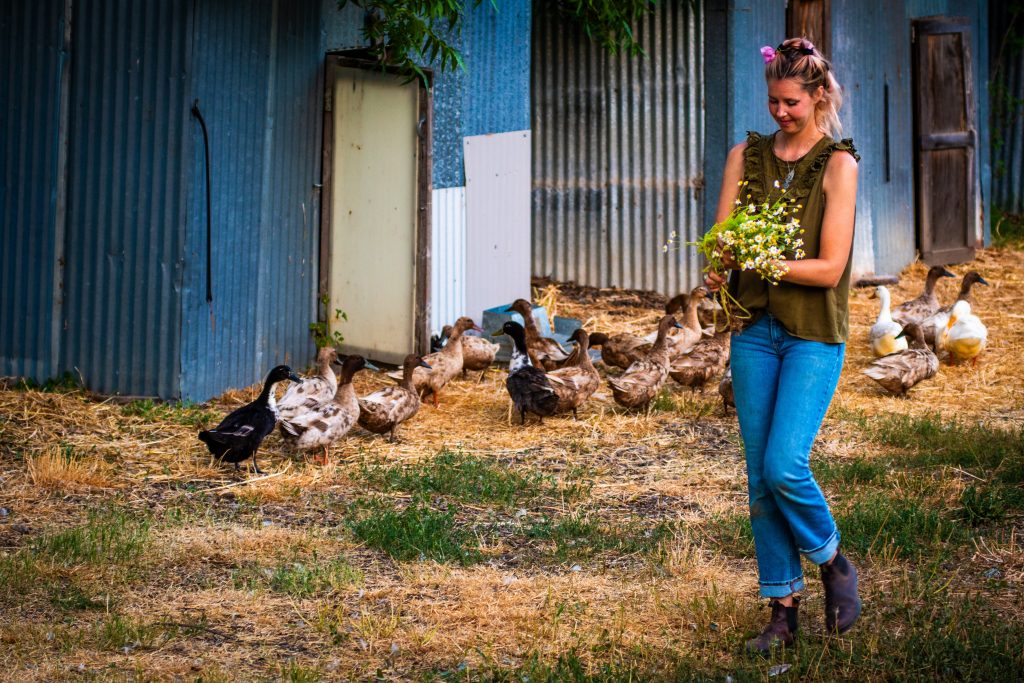

In the Bucktown region of Pleasants Valley the farm has historical ties to the Buck family, early pioneers in the – once massive – Vacaville fruit industry. Be Love rests on one of the roads that existed back in 1890, named after the Buck family’s land holdings.
Twenty years ago, Be Love Farm was founded with a vision: to regenerate the land, invite guests into an immersive farm experience, and model agricultural systems that restore rather than extract. For Hartley, it was the perfect match when the new owners offered a patch of precious soil. She signed on with dirt under her nails and dreams in her heart, carving out a microfarm of her own within the property’s boundaries. She named her venture Bless’d Blossom, a nod to the sacred act of cultivating life and the beauty she finds in every sprout, petal, and imperfect vegetable.
“I really value hyper-local-nutrient-dense-produce. If people bought from their local farmers; we could truly revolutionize the food system.”
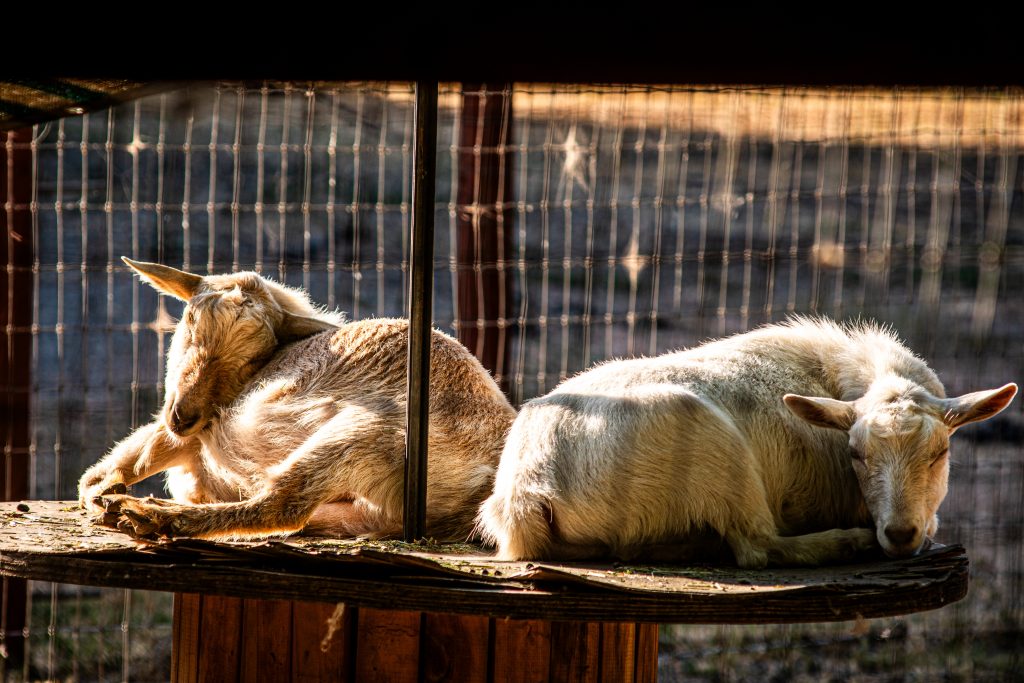
Hartley’s growing methods mirror the regenerative principles that Be Love was built on: cover cropping, no-till beds, compost-rich soil, and a reverence for biodiversity. Her produce—lush radishes, heritage tomatoes, carrots, and edible herbs—complements her seasonal flower assortments, which she builds with the intuitive touch of a florist and the hands of a farmer.

Her constant companion on the farm is Faline, a petite and fiercely loyal Chihuahua who trots at her shoeless heels through the produce rows and keeps a patrol from her favorite shady spots beneath the orchard trees. Whether she’s planting seedlings or greeting market customers, Faline is never far from Hannah’s side.
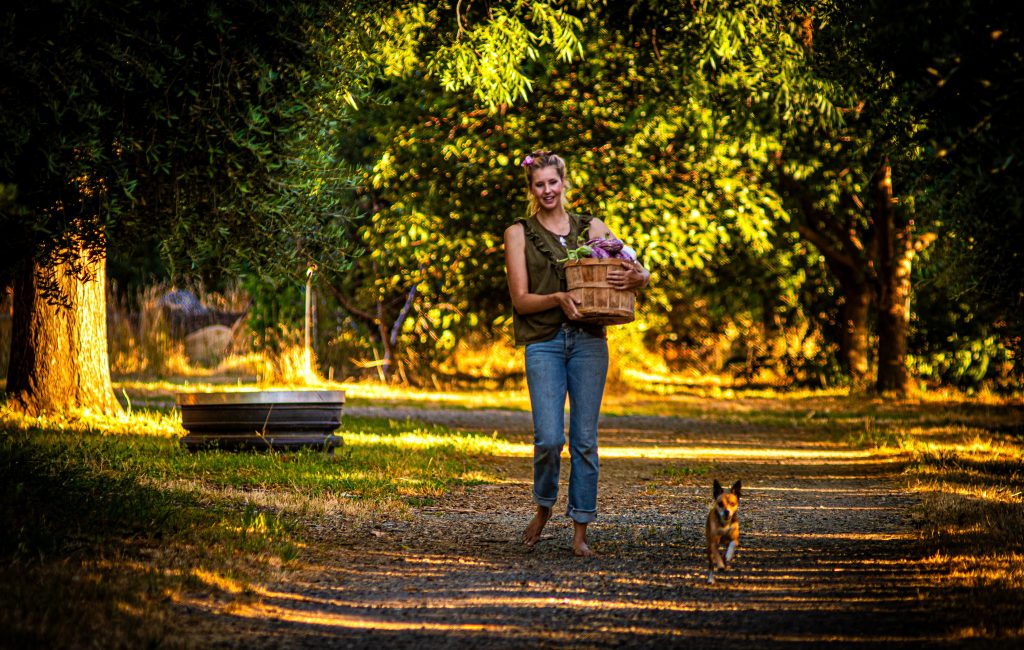
Each week, Hartley packs fresh-cut flowers and bins of organic produce and heads out to one of three local farmers markets: Downtown Vacaville, Winters, and Dixon. These markets aren’t just sales opportunities—they’re vital community touchpoints.
“It has been such a gift to really get to know the community and all the individuals.”
About selling in local farmers markets she says, “Just building that weekly relationship of seeing and hearing about them and what they’ve done with the produce – how they’ve eaten it! – and just really sharing in that nourishment of the community has really been a blessing.” For Hannah, that relationship grounds everything.
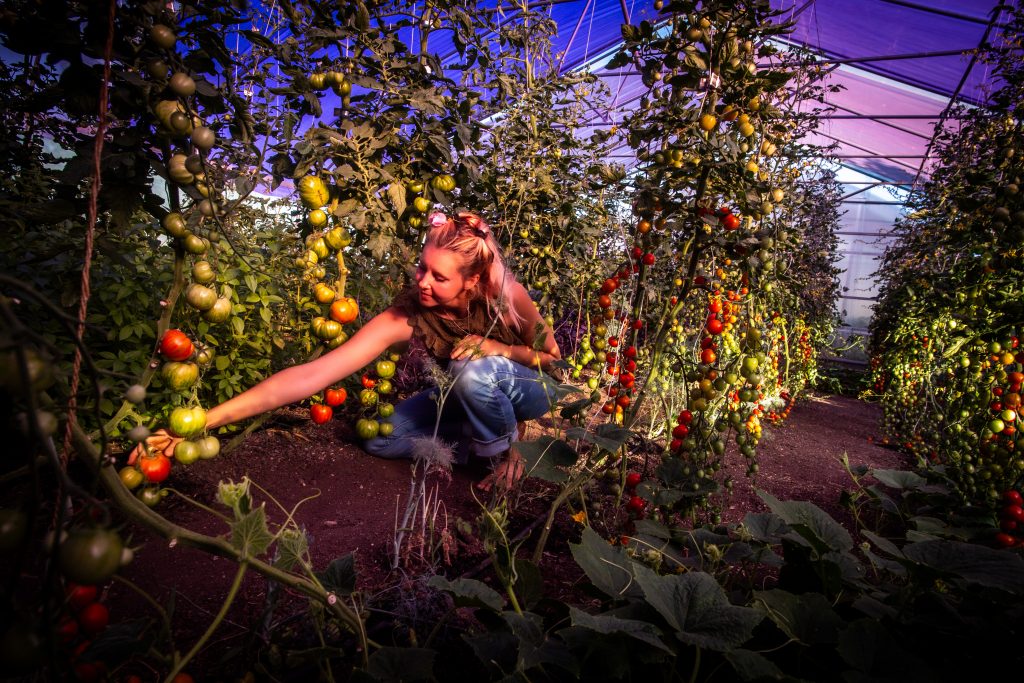
Farming just one acre may seem modest in scale, but in Hartley’s eyes, it’s more than enough to make a difference. Her acre is a proving ground for regenerative practices, a space for personal and ecological healing, and a living reminder that change can start small and still be profound.
As she walks through blooming rows of flowers and heirloom tomatoes, Faline at her heels and bees buzzing contentedly in the background, you can’t help but believe her. For Hannah Hartley, farming isn’t just work—it’s devotion. And in each stem she sells, a little piece of that devotion goes home with someone else.
More Info on Regenerative Farming:
Soil Health
Cover cropping: Keeps soil covered to reduce erosion, retain moisture, and suppress weeds.
No-till or low-till practices: Minimizes soil disturbance, preserving microbial life and carbon.
Composting and organic amendments: Enhances nutrient cycling and organic matter.
Diverse root systems: Promote deeper soil structure and microbial biodiversity.
Biodiversity
Crop rotation & polycultures: Prevents pest cycles, improves soil health, and diversifies income.
Integrated animal systems: Grazing animals contribute to nutrient cycling and land health.
Wildlife habitat conservation: Encourages beneficial pollinators and natural pest predators.
Water Management
Efficient irrigation (e.g., drip systems): Reduces water use and runoff.
Contour farming and swales: Captures rainwater and prevents erosion.
Organic matter retention: Healthy soil holds more water and requires less irrigation.
Integration of Livestock
Managed rotational grazing: Mimics natural herd movements, fertilizes land, and prevents overgrazing.
Multi-species grazing: Different animals graze differently, promoting balanced pasture management.
Manure as fertilizer: Returns nutrients to the soil, reducing dependency on synthetic inputs.
Carbon Sequestration
Agroforestry & silvopasture: Trees and shrubs absorb CO₂, stabilize ecosystems, and provide shade and fodder.
Building soil organic matter: Draws down atmospheric carbon and stores it in the soil long-term.
Community & Local Economy
Farmer cooperation: Sharing knowledge, tools, and market access.
Support for local food systems: Strengthens regional resilience and reduces carbon footprints.
Fair labor practices: Ethical treatment and fair wages for workers and farmers.
Continuous Learning & Observation
On-farm experimentation: Tailors practices to specific climate, land, and goals.
Traditional & Indigenous knowledge: Respects time-tested approaches to land stewardship.
Adaptive management: Responds to feedback from the land, weather, and ecosystem.
More info on Regenerative Farming at: https://www.regenerativefarmersofamerica.com/
